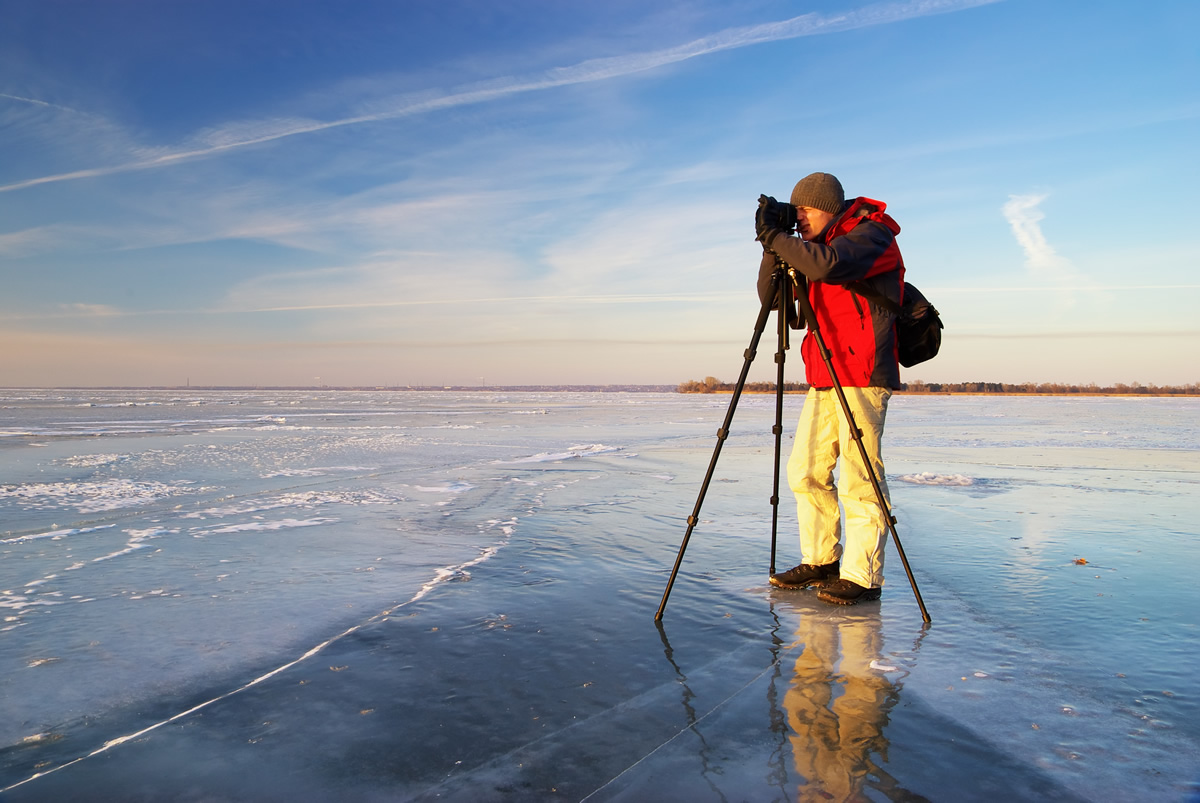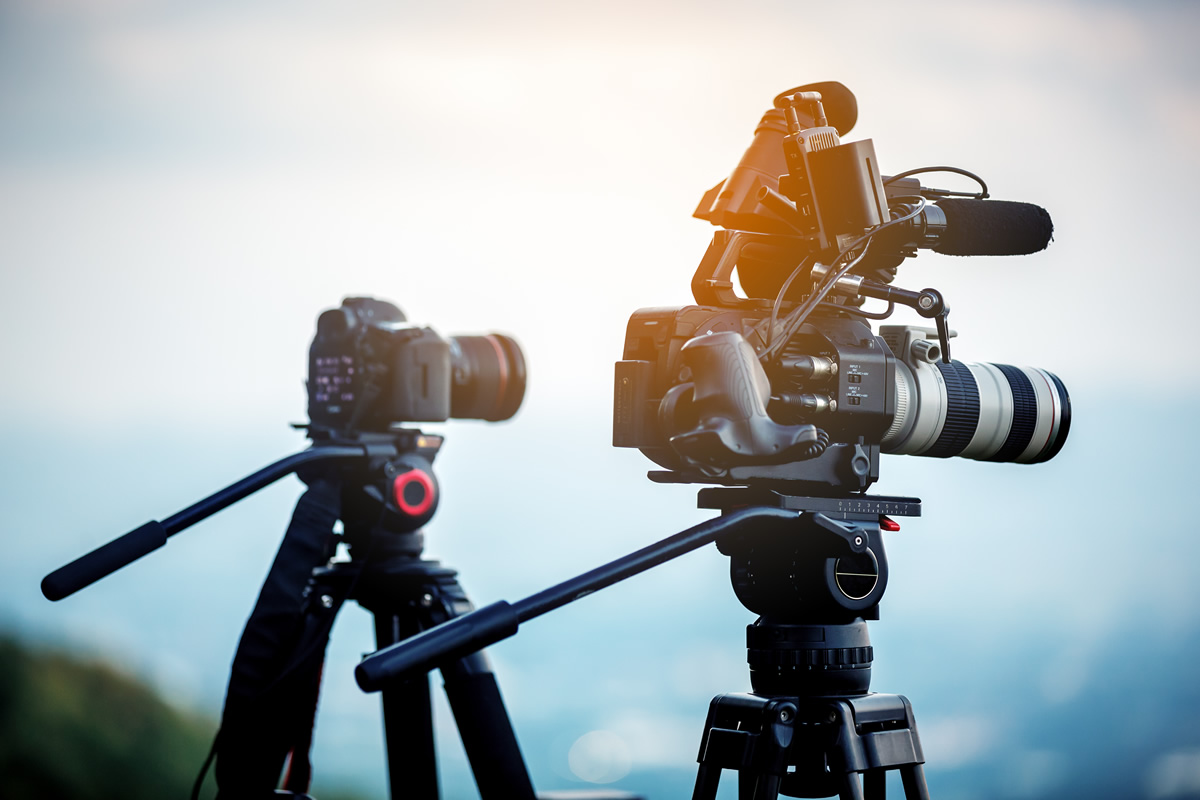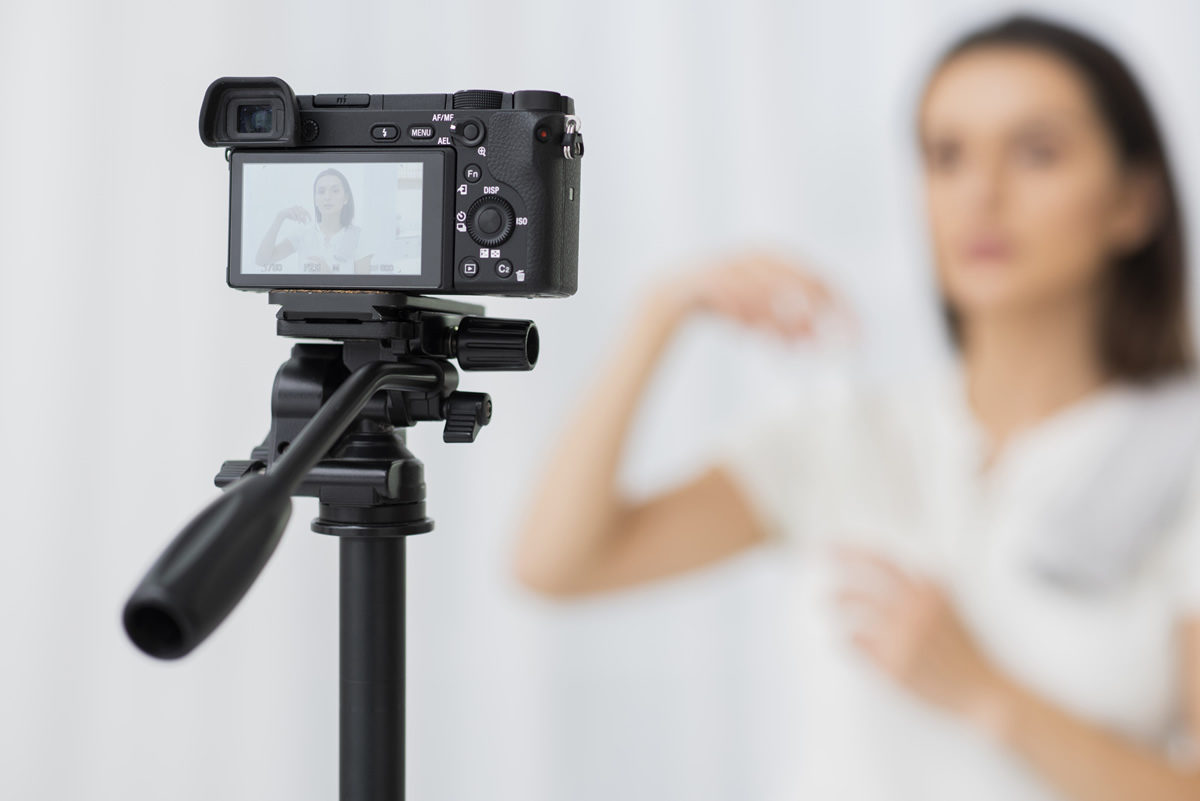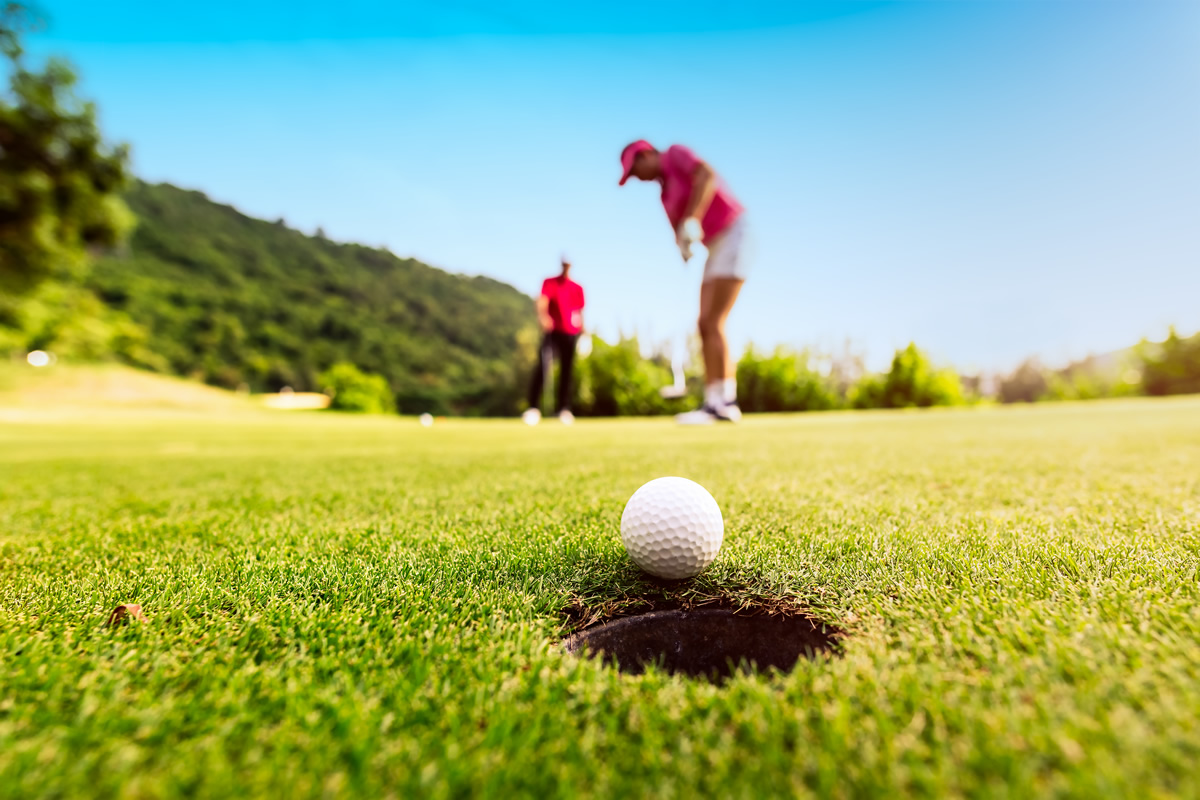One of the most important accessories you can have for your camera, whether you’re professional or just a hobbyist, is a tripod. The tripod allows you to get sharper images by eliminating the shake caused by handholding the camera in low-light situations. A tripod can also allow you to use a lower ISO, thereby reducing the camera noise and resulting in an image with better resolution.
#1 An Overview About Tripod
Are you going to purchase a new Tripod? The following points are very important when you’re deciding to purchase a new Tripod.
a) Material
Most good tripods available today are made out of one of two things:
- Aluminum
- Carbon Fiber
Aluminum tripods are light, but not as light as carbon fiber, and cost substantially less money for the same size and features. Carbon fiber tripods are the strongest and lightest, and the material naturally dampens vibration.
b) Height
Make sure that the tripod extends to a height that is tall enough to allow you to shoot from a comfortable standing position. Nothing ruins a good shoot like a sore back. Taller tripods need to be sturdier to maintain a rigid base for your camera. You will also want to consider how low the tripod can go. If you want to do macro work of low-level subjects such as flowers, you will need to lower the tripod fairly close to the ground. Many new tripods have leg supports that allow you to spread the legs very wide and get the camera low to the ground.
c) Head
Tripods are available with different types and qualities of heads. These heads are the part of the tripod that supports the camera and allows you to pivot it into position for your shoot. Some tripods are controlled by a series of knobs; some have a ballhead. Tripod heads with a series of knobs require independent adjustments for directional camera movement; tripods with ballheads enable you to smoothly adjust your camera in multiple directions with one knob. Both types allow you to move the camera into different positions and keep it stabilized while you compose and capture your image. Whichever tripod you choose, make sure that after you connect your camera to it, your camera’s memory card slot is accessible.
d) Weight
While weight certainly contributes to the overall stability of the tripod, try to find a middle ground that meets your need for strength but doesn’t break your back. Tripods made from composite materials usually offer the best balance of strength and weight.
e) Price
How much do you want to spend? Tripod costs range from $15 for stripped-down versions to $1,000 and up for professional models. There are several good-quality models available for under $100. While this might still sound like a lot, consider that a good tripod should last you a lifetime. In a technological era where digital cameras are out of date after two years, a well-made tripod is useful forever.
#2 A Good Tripod Must Have
- Let you easily rotate the mounted camera to any position.
- Provide a solid locking mechanism for the camera after it is in position.
- Have telescoping legs for easy adjustment to various heights.
- Provide a mechanism for continuously adjusting the central pole of the tripod.
- Let you adjust the angle of the tripod legs to fit a variety of angled terrains.













